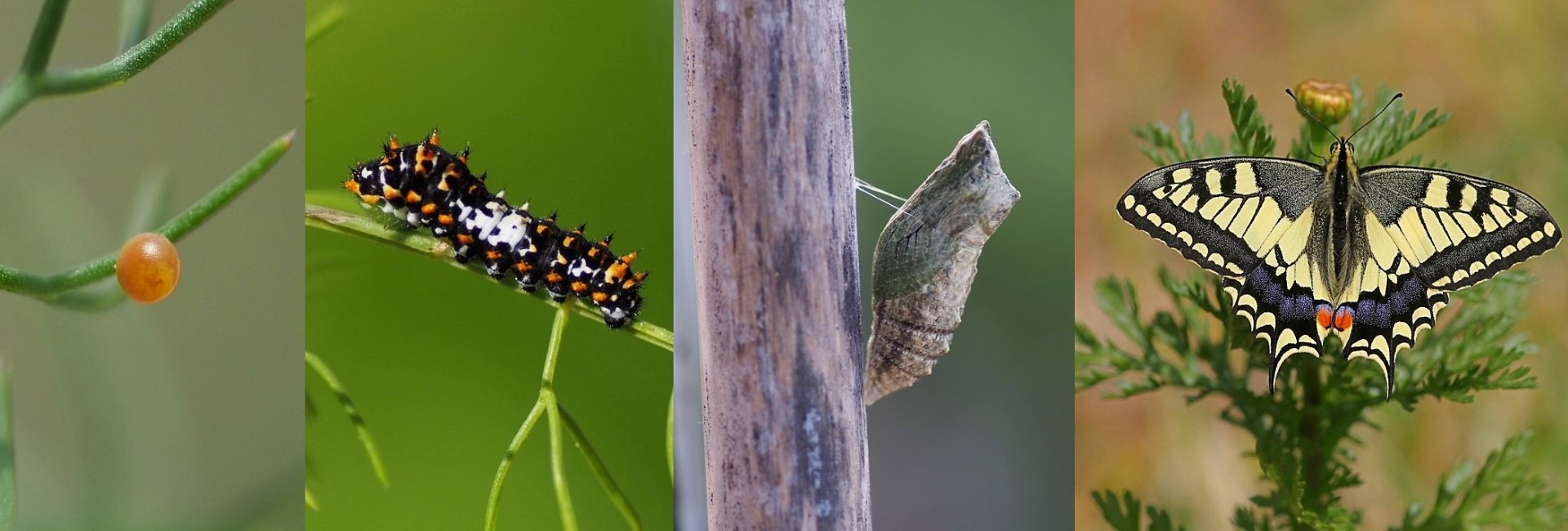
Life cycle of a butterfly - photos © Antonia Aga
The Life Cycle of a Butterfly
The Life Cycle of a Butterfly – Egg
The life cycle of a butterfly or a moth includes four distinctive stages of metamorphosis: egg, larva, pupa, and adult.
The adult female butterfly lays tiny oval-shaped eggs on the leaves of the plants.
These plants will then become the food for the hatching caterpillars.
Eggs can be laid from spring to fall, depending on the species of butterfly. Females lay several hundreds of eggs in their lifetime, but not all of them survive.
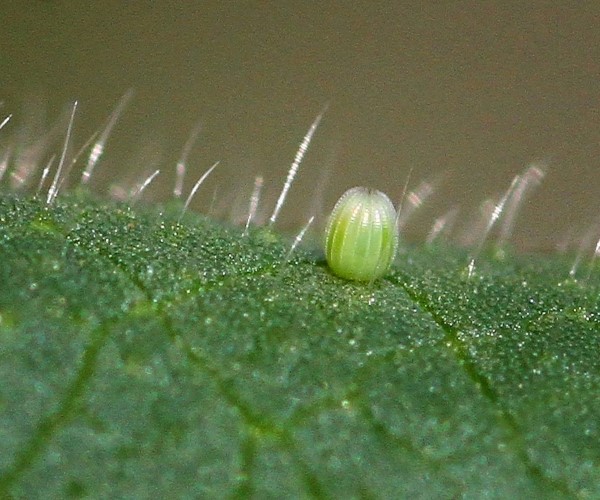
Egg of Vanessa cardui – photo © Antonia Aga
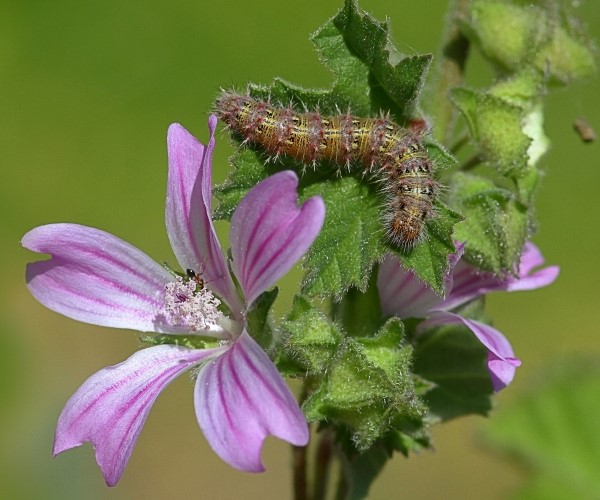
Larva of Vanessa cardui – photo © Antonia Aga
The Metamorphosis of a Butterfly – Larva
The next stage is the larva, called also the caterpillar, in the case of a butterfly or a moth.
Hungry caterpillars eat and eat and eat in order to grow. During this stage, the caterpillar splits and sheds its skin about 4-5 times. The first thing that larva eats is its own eggshell.
Food eaten at this time is stored and used later as an adult.
Caterpillars can grow 100 times their size during this stage. For example, a monarch butterfly egg has the size of a pinhead and the hatching larva is tiny at the beginning. But it will grow up to 2 inches long in 2-4 weeks.
The Metamorphosis of a Butterfly – Pupa
When the caterpillar is full-grown and stops eating, it becomes a pupa, also known as a chrysalis.
Depending on the species, the pupa may be suspended under a branch, hidden in leaves, or buried underground. The pupa of many moths is protected inside a cocoon of silk.
This stage may last from a few weeks to even longer. For example, some species have a two-year-long pupal stage.
Special cells that were present in the larva are now growing rapidly. They will become the legs, wings, eyes, and other parts of the adult butterfly. Many of the original larva cells will provide energy for these growing adult cells.
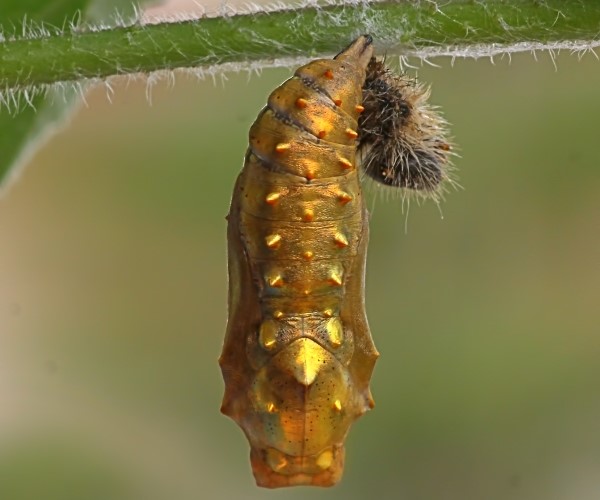
Pupa of Vanessa cardui – photo © Antonia Aga
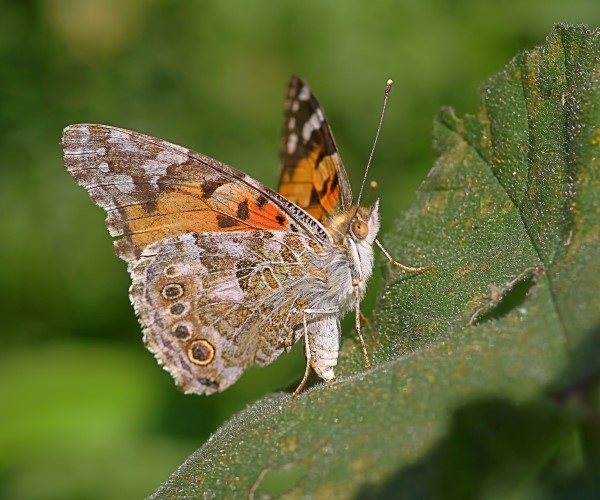
Female ovipositing on Malvaceae – photo © Antonia Aga
The Life Cycle of a Butterfly – Adult
When it’s time the adult butterfly comes out of the shell, wet and with its wings folded against its body. The butterfly is hanging at this point for several hours in order to dry its delicate wings by the sun and the air.
The adult’s job is to mate and lay eggs. Some species of adult butterflies get energy by feeding on nectar from flowers but many species don’t feed at all.
Adult butterflies don’t grow and usually, female butterflies are larger than males. The adult female can easily fly from place to place to find the right plant for its eggs.
Most adult butterflies live only 1-3 weeks, but some species hibernate during the winter and may live for several months.